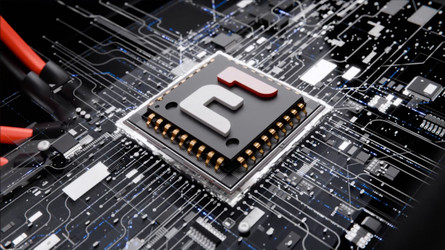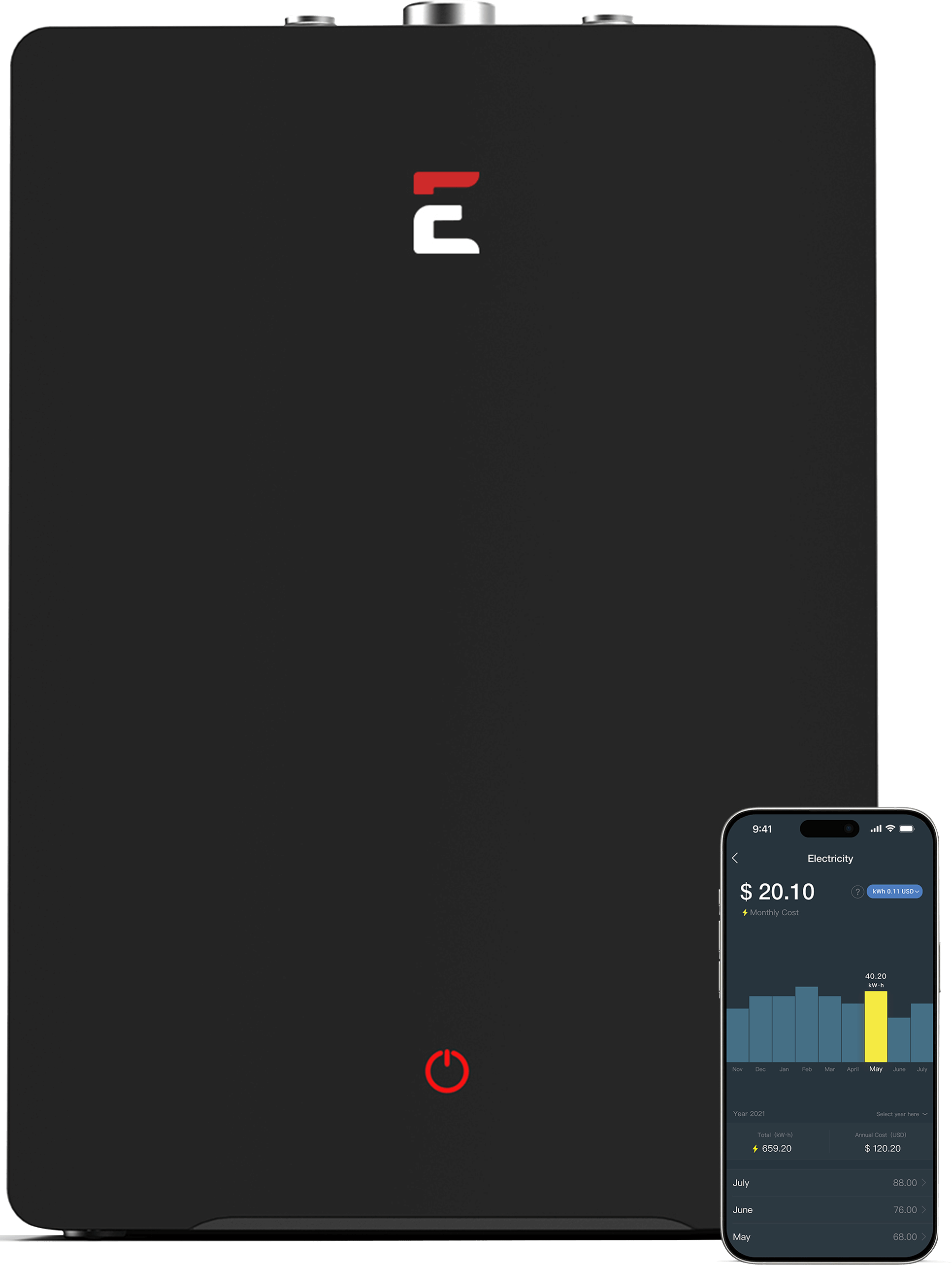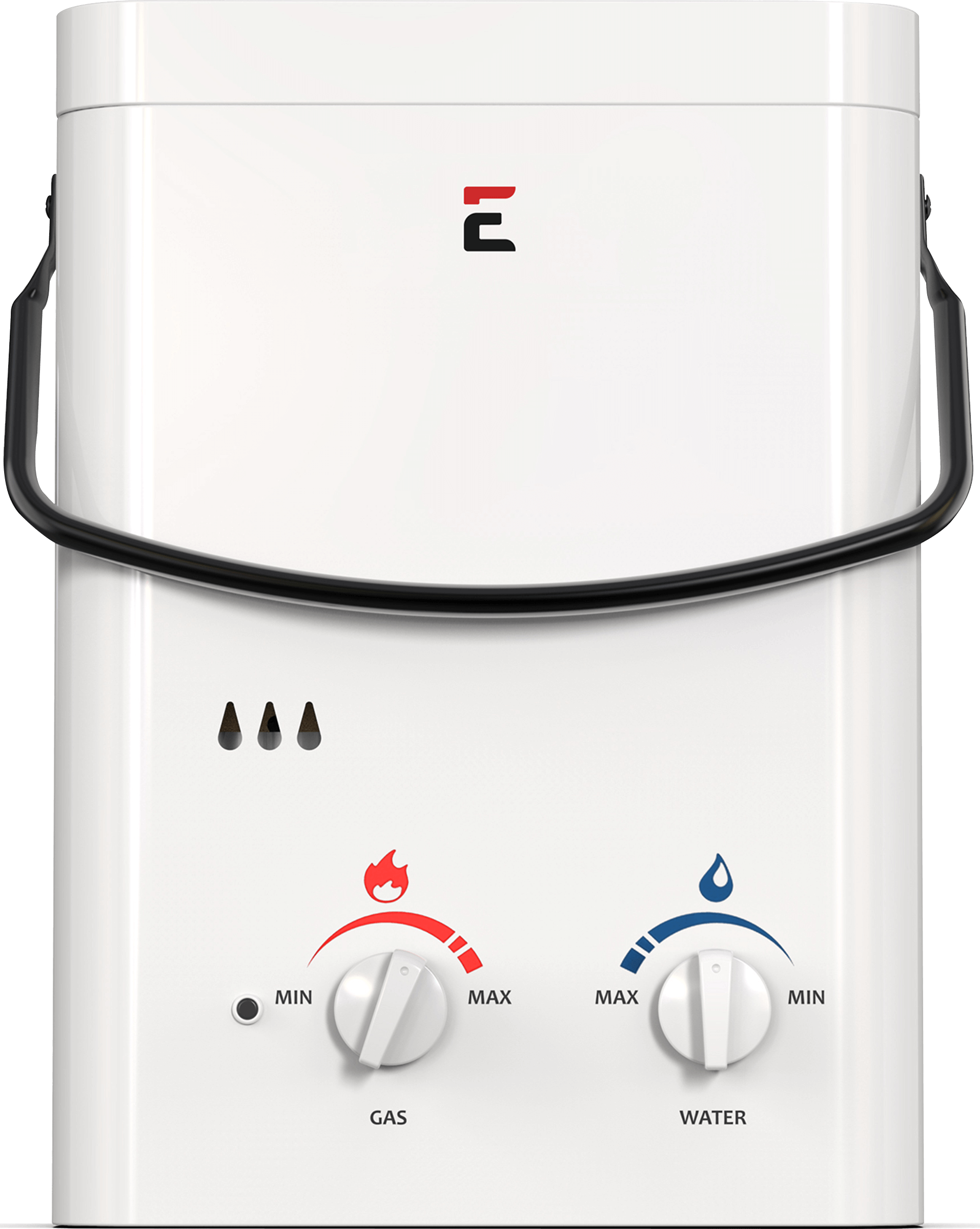The Role of Machine Learning & Predictive Controls in Next-Gen Water Heating Systems
In a world increasingly focused on energy efficiency and intelligent infrastructure, next-generation water heating systems promise to do more than simply provide warm water on demand. Recent research shows that combining machine learning techniques with anomaly detection can optimize performance, reduce waste, and increase reliability. In this article, we explore how a smart heater might “learn” usage habits, detect subtle faults, and minimize energy waste through predictive control strategies.
Unlocking Intelligence Through Predictive Controls and Learning
At the heart of a smart water heating system lies a control architecture that is more than just on/off thresholds. Instead of relying on fixed temperature cutoffs or timers, predictive control leverages historical data, sensor readings, and forecasts to decide when to heat, how much to heat, and when to pause heating. Machine learning models can forecast future demand for hot water based on time of day, day of week, weather conditions, and past usage patterns. With that forecast in hand, the control logic can decide to preheat or delay heating so that hot water is ready when needed yet not maintained at high temperature longer than necessary.
Recent work in “data-driven heat pump management” demonstrates this approach. The study integrates a machine learning predictor (LightGBM, among others) with an unsupervised anomaly detector (iForest) to steer system operations according to household-specific usage habits. The result is a responsive heating system that dynamically shifts heating schedules, reducing unnecessary energy consumption while still meeting comfort needs. Traditional threshold logic cannot flexibly adapt to changes in demand or detect when something is off.
Because human behavior is variable, the machine learning model must remain adaptive. It must be regularly retrained or updated to reflect concept drift—where usage patterns shift over time (for example, due to seasonal changes, household size changes, new routines). In this way, the smart tankless water heater evolves with its users, gradually refining its forecasts and control actions.
Learning Usage Habits Over Time
Imagine a household where several members shower in the morning, run the dishwasher after dinner, and occasionally use hot water in the evening. Over weeks or months, the smart heater collects time-stamped sensor data: flow rates, temperature sensors, timestamps of heating cycles, ambient factors, and possibly external data such as weather or season. A machine learning model—say a gradient boosting model or a recurrent neural network—ingests these features and learns to predict upcoming hot water demand. In one reported test across multiple real homes, LightGBM achieved better forecasting accuracy compared to LSTM variants, with improvements in root mean square error (RMSE) on the order of ~9 % over less-tuned models. Through that prediction, the system anticipates when to heat in advance to satisfy demand without over-preheating.
Over time, the system internalizes daily and weekly cycles, recognizes holidays or irregular schedules, and even learns sudden deviations (for example, extra showers on weekends). It can assign weights to various influencing factors (ambient temperature, day of week, recent usage trends) and continuously refine those weights. Because the model is data-driven, it can also adapt if new usage patterns arise—say, when a houseguest comes or someone changes shift work hours.
The learning process may begin by training on months of historical data. Then, in deployment, it may operate in an online updating mode—ingesting new data and occasionally fine-tuning parameters or triggering retraining events when forecasting error grows beyond thresholds (a sign of concept drift). In that way, the system keeps up with shifting behavior rather than remaining static.
Detecting Faults Through Anomaly Detection
A powerful extension of the predictive architecture is anomaly detection. Even the best forecasts cannot anticipate sensor failures, component degradation, leaks, scale buildup, or unexpected operational faults. But by monitoring residuals—the difference between predicted behavior and actual measurements—a system can flag subtle deviations from normal behavior. An unsupervised anomaly detector, such as isolation forest (iForest), autoencoder residuals, or other outlier detectors, can identify when something is off without needing labeled fault data. In the Rahal et al. study, use of iForest achieved an F1-score of 0.87 with a false alarm rate of ~5.2 % across multiple households.
For example, suppose the model predicts that a heating cycle will need to raise the temperature by 10 °C over the next hour. But during actual operation, it struggles or takes longer, or the temperature rise is slower than expected. That residual deviation might indicate a failing heating element, sediment buildup, or a blockage. Or perhaps a sensor has drifted and gives erroneous readings. By continuously comparing predicted to actual response, the system can detect subtle anomalies early—long before catastrophic failure.
Some studies in control systems and industrial settings deploy two-step ML approaches: first predict expected signals, then run anomaly detection on residuals to flag possible faults (e.g., sensor drift or actuator failures). In water thermal systems, such methods can isolate anomalies such as temperature drops, unexpected fluctuations, or inefficient cycles.
Once a fault is flagged, the system can trigger alerts, degrade gracefully, or shift to a fallback safe mode. Because the anomaly detection is integrated into the control loop, the system does not have to wait for a catastrophic failure—it can act proactively, schedule maintenance, or adjust control margins.
Minimizing Energy Waste via Smarter Scheduling
One of the most compelling benefits of intelligent control + anomaly detection is energy conservation. Traditional systems often maintain high standby temperature margins or reheat more aggressively to avoid “cold spots.” A predictive control system, however, can plan heating operations close to when water will be drawn, minimizing time spent at high temperatures.
For instance, just before a predicted high-demand window, the system can boost temperature earlier, but in off-peak times it avoids unnecessary reheating—saving energy. If a prediction indicates no usage overnight, heating is delayed or reduced. By adapting to actual use, thermal losses over time (heat leakage, standby losses) can be curtailed.
Furthermore, the system can engage in demand response or grid-aware scheduling: if electricity prices peak or the grid is stressed, the control logic can delay heating cycles, flatten peaks, or coordinate with other smart devices in the home. The predictive model ensures that customer comfort is preserved even when heating is delayed strategically.
Because the system continually monitors forecast error, it can gracefully manage uncertainty: if predictions are off, the system may apply conservative buffers or fallback strategies. Over time, as forecasting improves, such buffers shrink, and efficiency improves further.
In one comparative evaluation, adaptive heating systems using supervised learning were shown to reduce energy consumption while still meeting user demand by anticipating demand and scheduling energy usage more intelligently.
Putting It All Together: A Smarter, More Reliable Heater
Imagine the day-to-day life of a homeowner with this technology. Over the first few weeks, the system collects data passively and begins building a usage model. Within a month, it recognizes the morning ritual, dinner, dishwashing, weekend irregularities, and seasonal shifts. The predicted demand curve guides when heating begins, peaks, and idles. Over a month, the model, retrained periodically, becomes fine-tuned.
If an element begins to degrade, the anomaly detector picks up a subtle divergence between predicted and actual behavior and issues a warning. The homeowner receives a notification alerting them to inspect or service the system. Because detection is early, repair is simpler and cheaper. The system can also adjust control limits or reduce thermal stress until maintenance restores full function.
In terms of energy use, much of the waste that would otherwise be incurred from maintaining high standby temperatures or untimely reheating is eliminated. Heating is enacted close to demand, and nonessential heating is minimized. Over months, that efficiency gain translates to significant electricity savings and carbon reduction.
Further enhancements might include integrating external data—such as weather forecasts, occupancy sensors, or IoT data from other appliances—into the prediction model. If a home’s occupancy schedule changes for a vacation, the system adapts. If the afternoon weather suggests a warmer water inlet temperature, it adjusts heating curves. If time-of-use electricity tariffs apply, it shifts heating to cheaper periods while preserving comfort.
Advanced anomaly techniques—such as autoencoder neural networks or GAN-based residual modeling—could be layered to detect complex multivariate anomalies across temperature gradients, flow sensors, and actuator signals. Methods like MAD-GAN, originally applied in industrial water systems, show promise for multivariate anomaly detection in complex sensor networks.
Challenges and Considerations
While the vision is compelling, implementing such systems carries challenges. First, reliable sensors are required: temperature sensors, flow sensors, and possibly pressure sensors must provide data with low noise and drift. Sensor calibration and redundancy become important. Second, the machine learning models must be robust to missing data, sensor faults, or communication loss.
Concept drift is another risk: usage patterns change over time, and models trained on historical data may degrade. The system must detect deteriorating forecasting performance and trigger model retraining or ensemble adaptation. Overfitting to short-term spikes or outlier days must be avoided. Ensuring model interpretability can also help maintenance and diagnostics.
Another consideration is the safety and fallback logic: when anomalies are detected or predictions fail, the system must revert to safe fallback heating control to avoid leaving users without hot water. Balancing energy savings with backup robustness is key.
Privacy and security also matter: usage patterns could reveal occupant behavior, so safeguards must protect data and control interfaces from malicious interference. Anomaly detection frameworks that also guard against cyber anomalies (not just mechanical faults) may enhance security in the system.
Finally, cost vs. return must be justified: added sensors, computational hardware, software architecture, and maintenance overhead must yield sufficient energy or reliability savings to justify the investment.
Future Outlook
As computing becomes cheaper and IoT infrastructure becomes ubiquitous, intelligent water heating systems with embedded learning and predictive control will likely become commonplace. Advances in lightweight machine learning (for on-device inference) and edge AI will reduce reliance on cloud connectivity. Integration with home energy management systems, smart grids, and demand response platforms will further amplify benefits.
Research is actively exploring hybrid models combining predictive forecasting and anomaly detection in energy systems, validating in real homes with actual installations.
Future breakthroughs in anomaly detection (e.g., deep generative models) and online model updating will continue to push performance and reliability.
In sum, the next generation of water heating systems will not merely turn heating on or off. They will learn how we live, adapt to changing behavior, and monitor themselves for faults. By combining machine learning forecasts with anomaly detection inside a predictive control framework, they can deliver the warmth we need exactly when needed—while minimizing waste, optimizing efficiency, and warding off failures before they escalate.
Frequently Asked Questions
How does machine learning improve water heating performance?
Machine learning allows a water heating system to analyze usage patterns and predict when hot water will be needed. This reduces unnecessary reheating, lowers standby losses, and ensures water is ready at the right time.
What role does anomaly detection play in smart water heaters?
Anomaly detection continuously monitors the system’s performance by comparing expected behavior with real data. When deviations occur, such as slower heating or unusual sensor readings, the system can flag a potential fault early, preventing costly breakdowns.
Can predictive controls really save energy?
Yes. Predictive controls schedule heating closer to the time of actual demand, meaning less energy is wasted maintaining water temperature when it is not needed. Over time, this leads to measurable reductions in energy consumption and utility bills.
Do smart water heaters need internet access to work?
Not always. Some designs can run predictive models on local hardware (edge AI), while others may rely on cloud-based analytics. However, internet connectivity can enable updates, advanced learning, and integration with smart home or grid systems.
What happens if the predictions are wrong?
Systems are designed with fallback safety logic. Even if predictions are inaccurate, the control mechanism ensures that hot water is still available, though with less efficiency. Over time, the model improves as it learns from new data.
Is personal data safe when using a smart water heater?
Manufacturers build safeguards to protect data, but since usage patterns can reveal household routines, encryption and strict privacy protections are essential. Many systems keep data local to reduce risks.
How often do these systems need maintenance?
While the predictive and anomaly detection features reduce wear and catch problems early, normal maintenance such as descaling, sensor checks, and occasional part replacement is still recommended for long-term reliability.
 Weekly Deals
Weekly Deals
 Water Heaters
Water Heaters
 Accessories
Accessories
 Installation
Installation
 Parts
Parts
 Protection Plans
Protection Plans
















